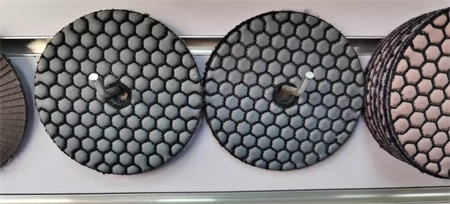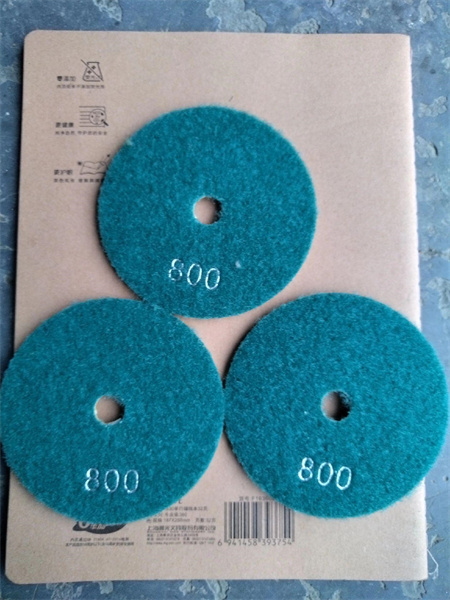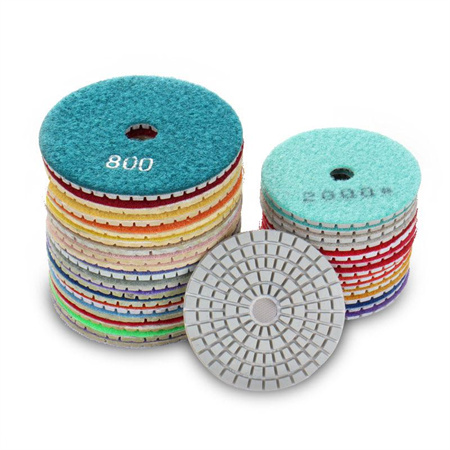Why Contractors Are Opting for Smaller, More Versatile Pads
In recent years, there has been a notable shift in the construction industry, with more contractors opting for smaller, more versatile pads for their operations. These compact and adaptable tools are gaining popularity as contractors seek ways to increase efficiency, reduce costs, and meet the evolving demands of modern construction projects. But why is this change happening, and what does it mean for the future of the industry? Let’s dive into the reasons behind this growing trend.
The construction landscape is changing rapidly. With more projects being undertaken in urban areas, space has become a premium commodity. Large, cumbersome equipment and expansive job sites are no longer the norm, and the traditional heavy machinery that once dominated construction sites is giving way to more compact alternatives. Smaller pads offer contractors the ability to access tight spaces and navigate areas that might otherwise be out of reach for larger machines.
One of the most significant advantages of these smaller pads is their versatility. Gone are the days when contractors had to rely on specialized, large-scale equipment for every aspect of a project. Today’s smaller pads are designed to handle multiple tasks, making them incredibly adaptable for different job sites. Whether it’s lifting, leveling, or providing support for equipment, these pads can do it all without the need for multiple, dedicated machines. This versatility not only saves contractors money but also streamlines the workflow, allowing for faster completion times and reduced downtime.
Cost-effectiveness is another driving force behind the rise of smaller, more versatile pads. In an era where construction budgets are being squeezed and margins are tighter than ever, contractors are looking for ways to do more with less. Investing in a compact pad that can handle a variety of tasks eliminates the need to purchase or rent multiple pieces of equipment. With the ability to tackle a wide range of functions, these pads can cut down on both equipment costs and maintenance expenses, ultimately improving the bottom line.


Furthermore, advancements in technology have made these smaller pads even more effective. Many modern pads come equipped with cutting-edge features, such as improved hydraulics, enhanced load-bearing capacities, and advanced control systems. These innovations have boosted the performance of smaller pads, making them just as capable as their larger counterparts in many applications. Contractors no longer have to choose between size and performance; they can have both in a more compact and efficient package.
The growing demand for smaller pads also reflects broader industry trends toward more agile, lean operations. The construction industry is no longer dominated by massive, labor-intensive projects. Instead, contractors are working on a mix of smaller, more diverse projects that require quick, adaptable solutions. Smaller pads fit perfectly into this model, offering the flexibility and ease of use that today’s contractors need to stay competitive.
In short, the trend toward smaller, more versatile pads represents a fundamental shift in the way contractors approach their work. These pads offer greater mobility, cost-effectiveness, and versatility, all while minimizing environmental impact. As construction projects become more varied and dynamic, the demand for adaptable, efficient equipment will only continue to rise. For contractors looking to stay ahead of the curve, investing in smaller pads is quickly becoming a smart and strategic choice.
In the end, it’s clear that smaller, more versatile pads aren’t just a passing trend—they’re here to stay, and they’re changing the way construction is done. By embracing this shift, contractors can not only meet the challenges of today’s construction environment but also position themselves for success in the future.
